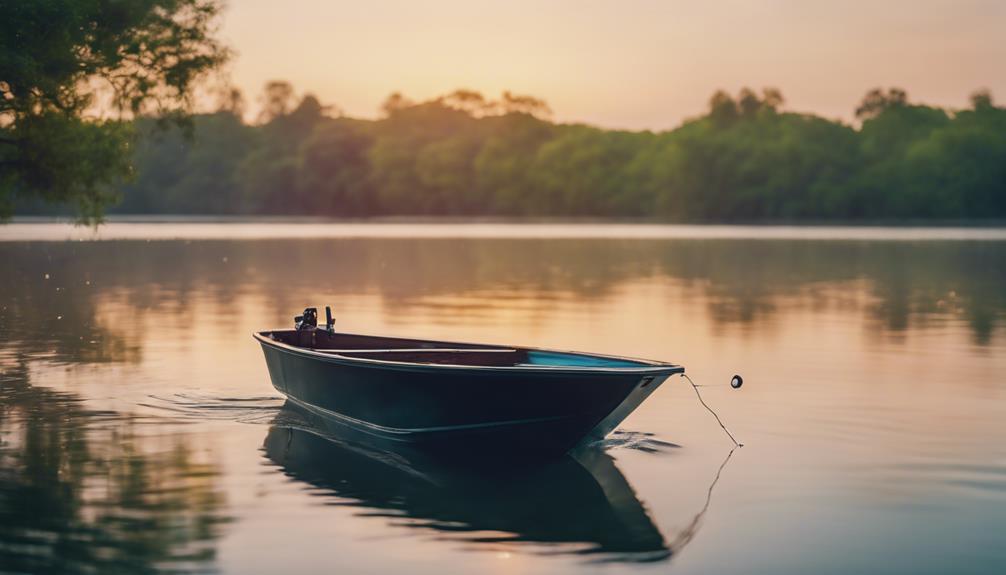Fishing is not just a hobby; it’s an art that requires skill, patience, and a bit of luck. If you’re looking to enhance your fishing experience and learn how to catch more fish, you’ve come to the right place. In this guide, we’ll explore proven techniques, tips, and strategies that will help you increase your catch rate and make your fishing trips more enjoyable. Whether you’re a seasoned angler or a beginner, this article will provide you with valuable insights into how to catch more fish.
Understanding Fish Behavior: The Key to Success
To effectively learn how to catch more fish, it’s crucial to understand fish behavior. Fish are influenced by various factors, including water temperature, time of day, and seasonal changes. For instance, many species are more active during dawn and dusk when they are feeding. By studying the habits of the fish you’re targeting, you can choose the best times to go fishing. Additionally, understanding the preferred habitats of different fish species—such as shallow waters for bass or deeper waters for trout—can significantly improve your chances of success.
Selecting the Right Fishing Equipment
Another essential aspect of how to catch more fish is choosing the right fishing equipment. Your fishing rod, reel, line, and bait can dramatically affect your catch rate. For instance, using a light spinning rod can give you better sensitivity for detecting bites, while a sturdy baitcaster might be more suitable for larger fish. Moreover, the fishing line’s strength and type should match the species you’re targeting. Researching and investing in quality equipment tailored to your fishing needs can make a substantial difference in your fishing success.
Choosing the Best Bait and Lures
When it comes to how to catch more fish, selecting the right bait and lures is crucial. Different fish species respond to various types of bait, whether it’s live bait like worms and minnows or artificial lures that mimic prey. For example, bass are often attracted to plastic worms and crankbaits, while catfish might be drawn to stink bait or cut bait. Experimenting with different types of bait can help you determine what works best in your fishing location and conditions. Always remember to check local regulations regarding bait types to ensure compliance.
Mastering Casting Techniques
Casting techniques play a vital role in how to catch more fish effectively. A well-executed cast can place your bait or lure directly in the strike zone, increasing your chances of attracting fish. Practice different casting methods, such as overhead casts, sidearm casts, and roll casts, to improve your accuracy. Additionally, learning how to adjust your casting distance based on water conditions and fish behavior can help you reach those elusive catches that are just out of reach.
Reading the Water: Finding Fish Hotspots
Understanding how to read the water is essential for any angler looking to catch more fish. Fish tend to congregate in certain areas, known as hotspots, which can include features like submerged rocks, weed beds, and drop-offs. Observing water movement, temperature variations, and the presence of baitfish can provide clues about where to find larger fish. Additionally, using tools like fish finders can enhance your ability to locate fish underwater. By learning to read the water effectively, you’ll be able to identify the best spots to cast your line.
Perfecting Your Fishing Techniques
Once you’ve got your equipment, bait, and casting down, the next step in how to catch more fish is to perfect your fishing techniques. Techniques such as trolling, jigging, and bottom fishing can be effective depending on the species you’re targeting and the environment. For instance, jigging is often successful for catching freshwater species like walleye, while trolling can be effective for larger species such as salmon. Continuously refine your techniques and adapt based on your experiences and the conditions you encounter.
Patience and Adaptability: The Angler’s Virtues
Patience and adaptability are crucial virtues in the world of fishing. The ability to wait for the right moment and adapt your strategies based on changing conditions can significantly influence your success. If you’re not getting bites, don’t hesitate to change your bait, move to a different area, or adjust your fishing technique. Sometimes, it may take several attempts and adjustments before you find what works best. Remember that fishing is as much about enjoying the experience as it is about catching fish.
Learning from Experience: Keeping a Fishing Journal
One of the best ways to improve your fishing skills is by keeping a fishing journal. Documenting your fishing trips, including the location, weather conditions, bait used, and the types of fish caught, can provide valuable insights over time. Analyzing this information can help you identify patterns and improve your strategies for how to catch more fish in the future. Additionally, sharing your experiences with fellow anglers can lead to new tips and tricks that you might not have considered before.
In conclusion, learning how to catch more fish involves a combination of understanding fish behavior, selecting the right equipment, choosing effective bait, mastering casting and fishing techniques, and being adaptable. By applying these strategies and continuously learning from your experiences, you’ll not only increase your catch rate but also enhance your overall fishing enjoyment. So grab your gear, head out to your favorite fishing spot, and start implementing these tips today!
